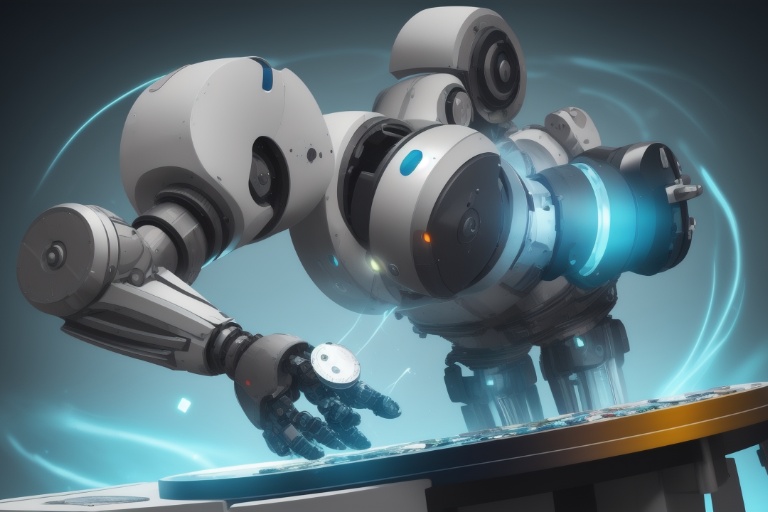Understanding the Art of Common Sense in AI
Understanding the Art of Common Sense in AI
Artificial Intelligence (AI) and Machine Learning (ML) are swiftly evolving fields that continue to fascinate and revolutionize various aspects of our lives. One of the most compelling quests in AI development is the replication of human "common sense" — an innate ability to process partial information and draw reasonable conclusions. It’s what allows us to recognize a cat in an obscured image or to identify an object partially concealed by another, like a cup behind a book. Our minds are adept at filling in the blanks, but for AI, this is a notoriously difficult challenge.
Bridging the Gap Between Narrow AI and General AI
The current state of AI, referred to as narrow AI (ANI), excels within its specific tasks, such as playing chess or recommending products online. However, achieving an AI system that can perform any intellectual task that a human being can do, known as Artificial General Intelligence (AGI), is a more daunting task. Researchers are keen to narrow this gap, and in doing so, they are exploring the fusion of symbolic AI and deep learning.
Symbolic AI, also known as rule-based AI, relies on predefined semantic networks and logical rulesets to make decisions. It’s excellent at utilizing structured logic to solve problems but lacks the ability to learn from unstructured data. On the other hand, deep learning, a subset of ML, uses artificial neural networks to recognize patterns and learn from vast amounts of data, but it often struggles with tasks requiring explicit reasoning or logical deductions.
Integration of Techniques for Cognitive Leap
Prosperous integration of symbolic AI and deep learning could provide a significant cognitive leap for AI systems. The harmony between the reasoning skills of symbolic AI and the pattern recognition acumen of deep learning is set to enrich the problem-solving toolbox of AI, paving the way toward the much-coveted AGI. With each conceptual advance, the idea of machines that exhibit human-level intelligence becomes less fantastical and more achievable.
Overcoming Challenges on the Road to AGI
The journey toward AGI, however, poses a number of formidable challenges. Ethical implications are at the forefront of the debate, as we must ensure that advances in AI respect human dignity and do not infringe upon individual rights. The potential societal repercussions, such as job displacement due to automation, demand critical examination and strategic planning.
Another considerable obstacle is data bias. AI systems are only as good as the data they learn from. Biased datasets can lead to prejudiced AI behaviors, reinforcing stereotypes and inequalities in society. Researchers must diligently craft their algorithms and choose their data sets with the aim of fostering AI that acts in an unbiased and fair manner.
AI for the Betterment of Society
The progression from narrow AI to advanced AI must be carried out with an unwavering commitment to aligning technological growth with human-centric values. AI has the potential to be a force for good, augmenting human capabilities and remedying some of our most pressing challenges. By addressing key ethical and societal concerns, developers and policymakers can help to guide AI in a direction that not only advances our technological prowess but also enhances the collective welfare.
The AI revolution encompasses more than the mere creation of intelligent machines. It represents an augmentation of human intellect and a reshaping of our future. As we continue to invest in AI and ML, education remains paramount. We must disseminate knowledge about AI’s potentials and risks, encouraging public dialogue and participation to ensure that the benefits of AI are distributed equitably.
In summary, the push towards AGI is a multifaceted endeavor, requiring both technological innovation and careful consideration of the broader impact on humanity. By combining the strengths of symbolic AI and deep learning, researchers are making strides towards more capable and intelligent AI systems. Yet, as this push progresses, it is imperative to remain cognizant of the ethical and societal ramifications and actively engage in laying a foundation for an AI-integrated future that is beneficial for all. The vision of AI and ML is not just about replicating human intelligence but also about enhancing it, fostering growth, and steering our society towards newfound opportunities and horizons.
Information for this article was gathered from the following source.




